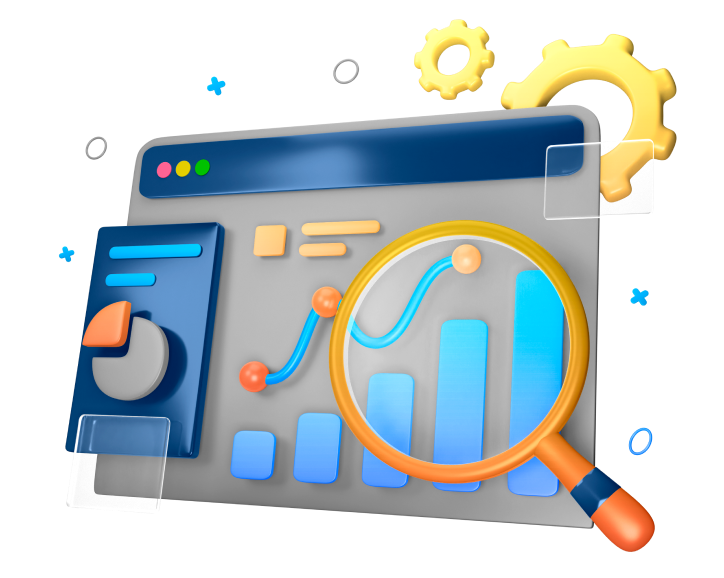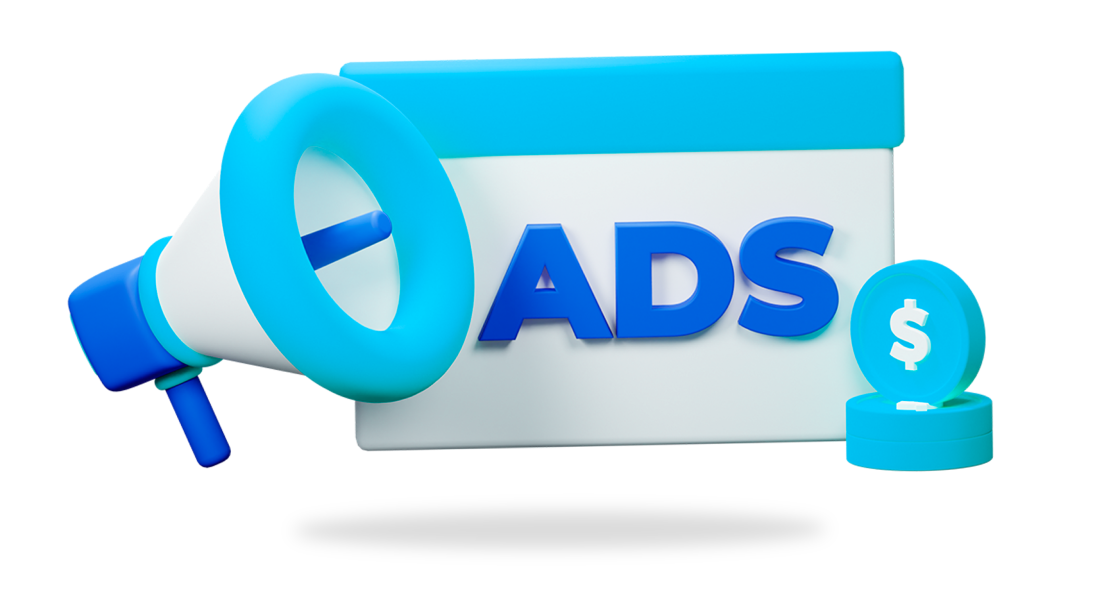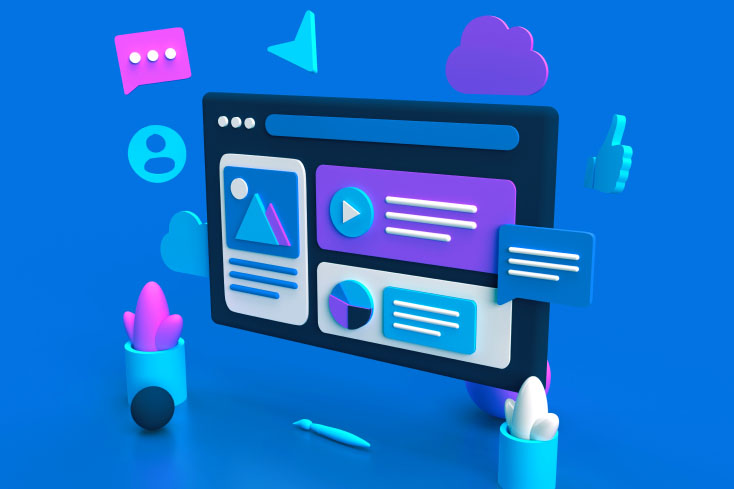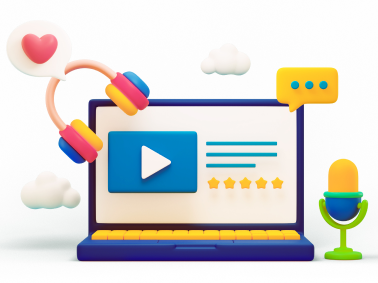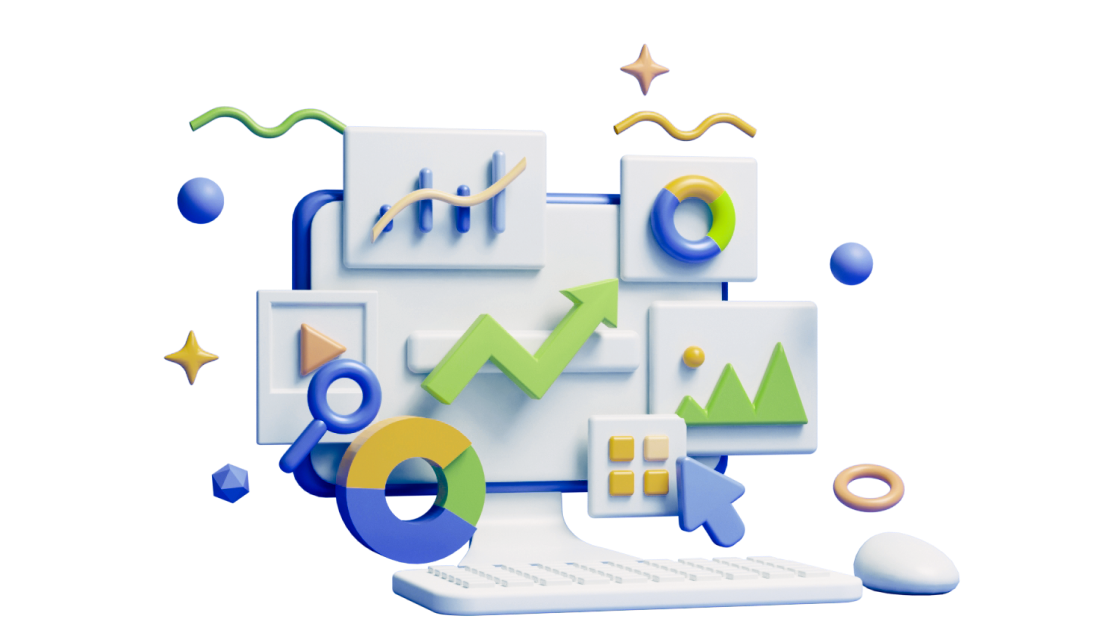Harnessing the Power of
Web Traffic
The Final Frontier in the BCT Strategy
In this comprehensive guide, we’ll explore the ins and outs of web traffic: what it is, why it’s important, and how we can maximize it for the success of our online business. We’ll explore proven strategies, tips, and insights to help you attract more visitors, convert them into loyal customers, and grow your online empire.

